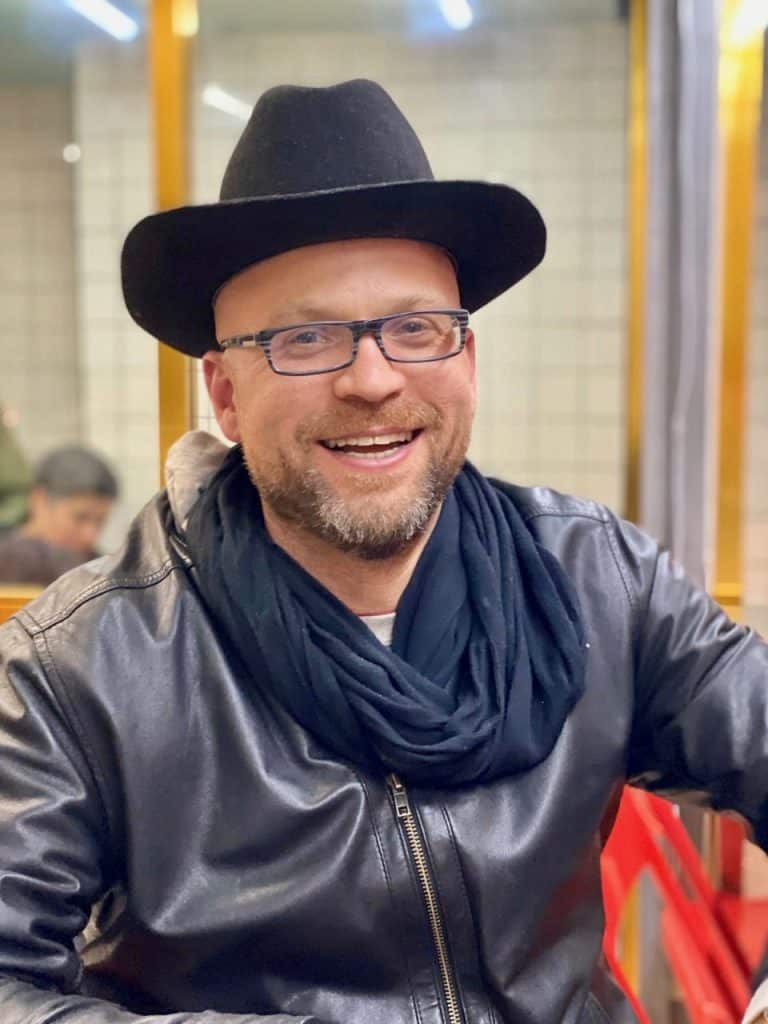A professor revisits standardized testing, immigration policy, and the salience of Paulo Freire in times of cultural war. This is in a series on a teacher’s experience teaching a cross-cultural G.E.D. To read the first article, click here.
One issue surrounding the G.E.D. has gotten shorter shrift among educators and academics: the test’s somewhat jingoistic rendering of key historical figures and events. Given that my Spanish G.E.D. course was an inherently cross-cultural endeavor (me, a white male born in the United States teaching non-citizens born in Spanish-speaking, Latin American countries), historical biases, ideological slants, and glaring omissions were bound to arise. The exam unquestionably aims to inculcate test-takers with certain civic values that our country holds dear.
The narrative that G.E.D. materials tell is a dramatically triumphalist vision of the United States: wrongs promulgated against traditionally marginalized groups are often undone by the superhuman feats of history’s Promethean protagonists. America’s supposedly exceptional trajectory is underscored time and time again. Thus, while Dr. Martin Luther King, Jr.’s presence is more than justified in celebrating the Civil Rights Movement of the 1950s and 1960s, one may yet wonder: Where is Bayard Rustin’s instrumental presence? For every Neil Armstrong and Buzz Aldrin, our textbook mentioned, there was a Katherine Johnson, who seemed to have been relegated to footnote obscurity.
Social and economic concerns—à la the Annales School—drop out in favor of a pantheon of heroes, heroines, and villains. Meanwhile, my students—most of who were immensely courteous, diligent, and resilient—had justifiably little knowledge of those heroes. Students knew that Abraham Lincoln “wore a beard” while George Washington, in turn, “wore a wig.”
Problem-Posing Approach to Adult Education
The only way that I, as a teacher, could get beyond these pedagogical nonstarters—was to remember the truths of a thinker whose ambitious theory continues to inspire anthropologists: famed educator, sociologist, and anti-capitalist Paulo Freire. The Brazilian intellectual and educator put critical pedagogy at the center of his life’s work. A professor, an educational administrator, and a bureaucrat, Freire is most renowned for his Pedagogy of the Oppressed, a study that interrogates the transformative power of education and the political possibilities when teachers and students successfully communicate in profoundly dialogical ways.
First published in 1970, Freire’s book draws a distinction between what he refers to as a banking model of education and problem-posing education. Pace Freire, the banking concept situates students as docile consumers who ultimately learn very little—instead, they “receive” rote lessons from pedantic instructors. This form of pedagogy “resists dialogue” and evinces a “tendency to dichotomize everything” (71). With banking education, “the teacher knows everything, and the students know nothing” (59).
Banking Approach to Adult Education
Communication between students and teachers is only realized in the most provisional sense under this model. Freire asserts that this banal, heinous type of education constitutes little more than an exchange of trite information in order to fulfill monetary and/or bureaucratic imperatives:
The banking approach to adult education, for example, will never propose to students that they critically consider reality. It will deal instead with such vital questions as whether Roger gave green grass to the goat and insist upon the importance of learning that, on the contrary, Roger gave green grass to the rabbit. (61)
Banking education disallows any dialogical, profound, transformative learning: both oppressed students and oppressing instructors remain unchanged. Alternatively, Freire forwards problem-posing pedagogy as crucial to collective liberation; it is a shared endeavor that entails a truly emancipatory force for both student and teacher. For Freire, this solidarity between instructor and student is a necessarily “radical posture” (34). In this way, students are tasked to “perceive critically the way they exist in the world” (71).
Purpose of a G.E.D.
The purpose of a G.E.D. course is, by definition, to prepare students to pass the four subject tests that make up the G.E.D. exam—again, Language Arts, Math, Science, and Social Studies. Although the cultural biases of mathematics and science have justifiably been examined in recent years, few would argue that these subjects lend themselves easily to Freire’s “pedagogy of their liberation” (33). The Social Studies section of the G.E.D., in turn, consists of 50 percent Civics and Government, 20 percent U.S. History, and 15 percent Economics—each providing ample fodder for students to interrogate their own truths vis-à-vis societies unfamiliar to them. My students had been born in Latin American countries (foremost among these, Mexico), had jobs, and children, and were undocumented. What would it mean to teach civics, U.S. history, and government during a moment when elected officials were using Latino migrants as pawns in a sick game of political brinkmanship?
Teacher Student Relationships
Freire cogently depicts the teacher-student relationship as one of inequality and thus prescribes a dose of unguardedness: students “must see examples of the vulnerability of the oppressor so that a contrary conviction can begin to grow within them” (51). I believe that the Brazilian pedagogue’s argument here, at heart, gestures toward a type of cultural relativism—a theory that has traditionally served as the basis of anthropology and which, in its most cogent form, indicates a “suppleness of mind.” The collective endeavor that was our classroom needed to recognize that although societies may not be equally “successful” (however we suspiciously may choose to define “success”), we can still respect different models of government, diverse political and economic responses to a shared human experience. As Freire forwards:
If educational programming is dialogical, the teacher-students also have the right to participate by including themes not previously suggested. I call the latter type of theme “hinged themes,” due to their function. They may facilitate the connection between two themes in the program unit, filling a possible gap between them. (114)
Paulo Freire
Our G.E.D. class would have to be a study of contrasts but also commonalities. How could we, as a collective, understand ourselves like “distant neighbors”—as others have so eloquently rendered international relationships across the Americas? From my school behind the school, I found that the Social Studies G.E.D. provides ample opportunities to promote intercultural communication as teachers and students examine our similarities and differences.


Dr. Kevin M. Anzzolin is both a lecturer of Spanish at Christopher Newport University as well as a part-time G.E.D. instructor. Since beginning teaching in 2001, he has taught at university, secondary, and elementary school levels. More information can be found here: https://cnu.academia.edu/KevinAnzzolin






